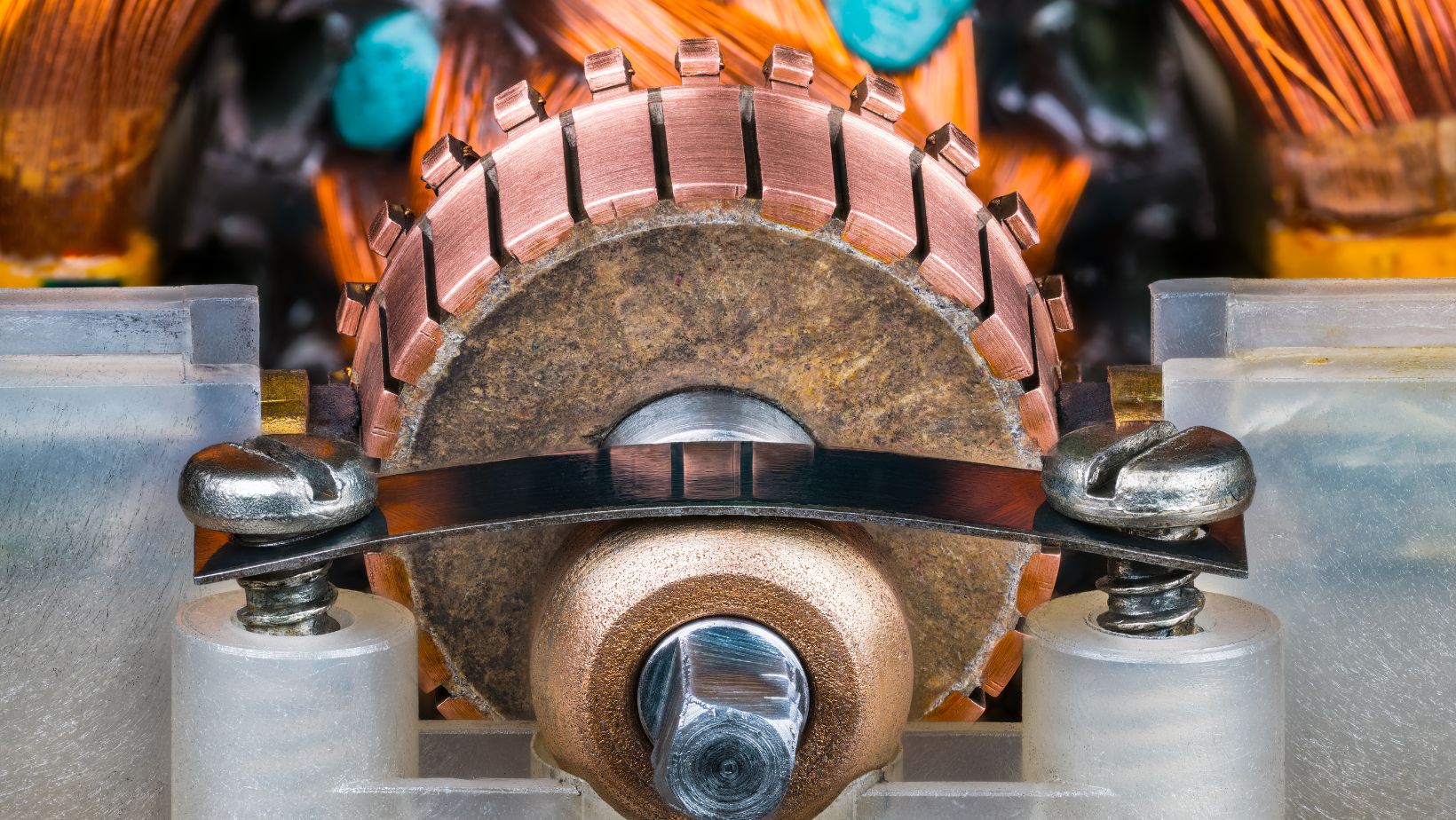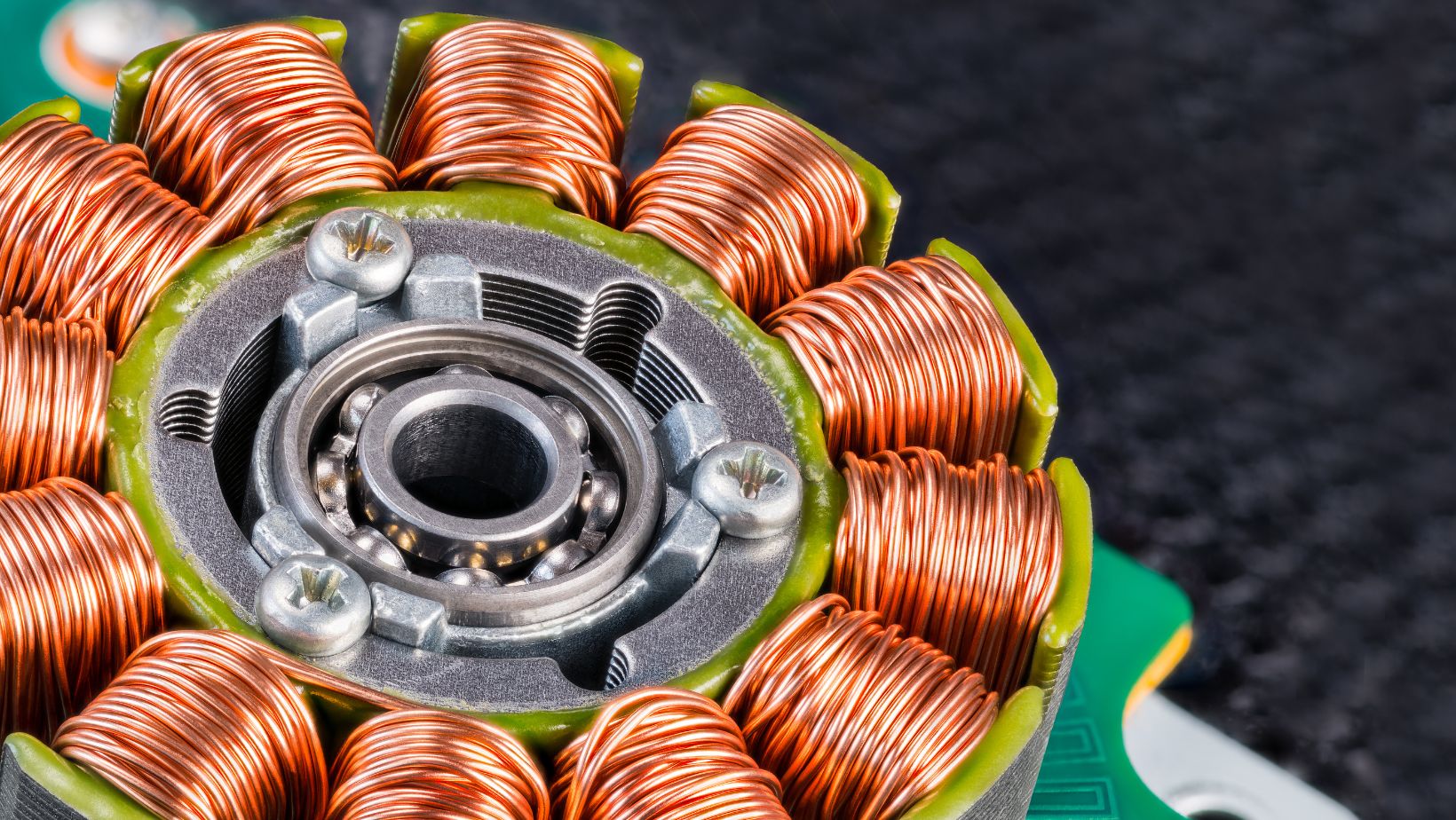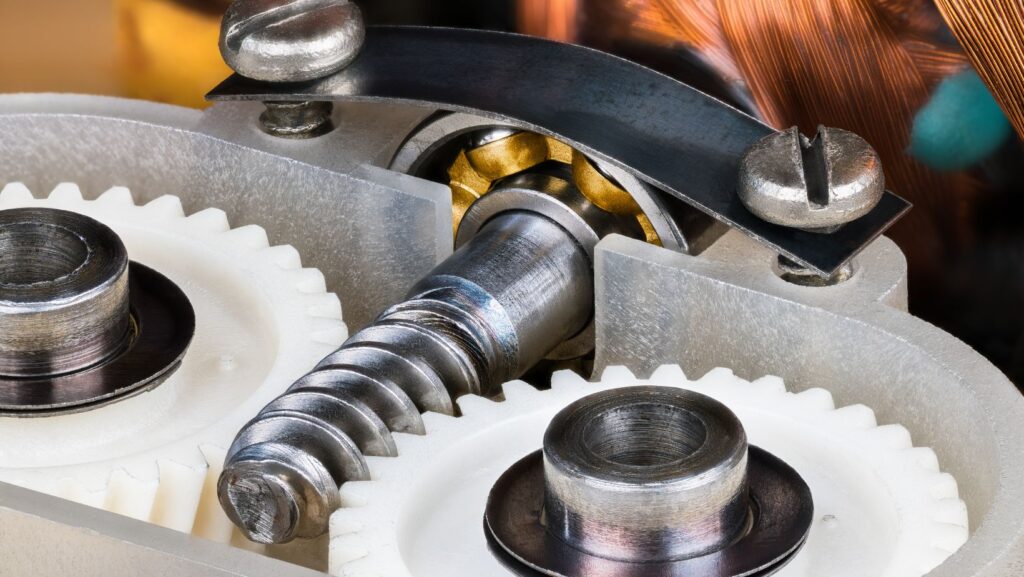Crucial electromechanical components that translate mechanical motion into electrical data are incremental encoders. These signals give information about the location and velocity of a linear or rotational item. Fundamentally, as the object moves, incremental encoders produce pulses. The amount and direction of movement are then determined by a control system’s interpretation of these pulses. Incremental encoders only give relative position information, unlike absolute encoders, which provide a distinct position value at every rotation point.
Understanding the various types of incremental encoders is crucial because each type is optimized for specific applications and environments. Selecting the right encoder can significantly impact a system’s performance, accuracy, and reliability. A mismatch can lead to inaccurate measurements, system instability, or complete failure.
An excellent illustration of an incremental encoder made for reliable industrial applications is the Eltra EH80P. It’s built with a focus on durability, often employing robust construction to withstand harsh industrial environments, which is a key mechanical design consideration.
Several key characteristics differentiate the types of incremental encoders. These include the nature of their output signals (such as quadrature A/B, index pulse Z, and differential vs. single-ended), the underlying construction technology (optical, magnetic, capacitive), and the achievable resolution (the number of pulses per revolution or unit of linear travel). Additionally, the mechanical design of the encoder (shaft, linear, rotary ring) plays a significant role in determining its suitability for different applications.
Types Based on Output Signals
The electrical signals produced by an incremental encoder are fundamental to its operation and determine how a control system can interpret the encoder’s data. Among the most critical distinctions are those based on the type and nature of these output signals.
Quadrature Output (A/B)
Quadrature outputs consist of two signals, A and B, offset by 90 degrees. This phase relationship allows for the determination of both direction and motion resolution. By analyzing the A and B pulse sequences, the control system knows whether the encoder is moving clockwise or counterclockwise. Quadrature signals are essential in applications requiring precise position and direction feedback, such as robotics and motor control.
Index Pulse (Z or I)
The index pulse, or Z pulse, is a single pulse generated once per revolution. It is a precise reference point for homing or establishing a known position. Applications needing a consistent starting point, like automated assembly, rely on the Z pulse.
Differential vs. Single-Ended Outputs
Single-ended outputs transmit signals relative to a common ground. Differential outputs, on the other hand, transmit signals as a pair, with one signal being the inverse of the other. Differential outputs offer superior noise immunity, making them ideal for environments with electrical interference. Single-ended outputs are suitable for shorter distances and less noisy environments, while differential outputs are preferred for long cable runs and industrial settings.
Types Based on Construction/Technology
The internal workings of an incremental encoder, specifically the technology used to generate the signals, significantly impact its performance and suitability for various environments. Three primary technologies dominate the market: optical, magnetic, and capacitive. Each offers unique advantages and disadvantages, making them appropriate for different applications.
Optical Encoders
Optical encoders utilize a light source, a code disk with alternating transparent and opaque segments, and a photodetector. As the code disk rotates, the light beam is interrupted, generating pulses. The photodetector converts these light variations into electrical signals.
- Advantages: High resolution and accuracy.
- Disadvantages: Sensitive to dust, moisture, and other contaminants.
- Common Applications: Precision machinery, robotics, and high-accuracy measurement systems.
Magnetic Encoders
Magnetic encoders employ a magnetic field and sensors to detect changes in the field as a magnetized wheel rotates. The sensors convert these changes into electrical signals.

- Advantages: Robust and durable, resistant to dust and moisture.
- Disadvantages: Potentially lower resolution compared to optical encoders.
- Common Applications: Industrial environments, heavy machinery, and high vibration or shock applications.
Capacitive Encoders
Capacitive encoders use changes in capacitance between plates to detect rotational or linear motion. As the rotor moves, the capacitance between the stationary and moving plates changes, creating electrical signals.
- Advantages: Low power consumption, resistance to contaminants, and relatively immune to electrical noise.
- Disadvantages: Can be sensitive to certain environmental changes.
- Common Applications: Consumer electronics, portable devices, and applications where low power consumption is critical.
Types Based on Mechanical Design
The mechanical design of an incremental encoder is crucial for its integration into specific systems and ability to withstand different operating conditions. This section explores three primary mechanical designs: shaft encoders, linear encoders, and rotary ring encoders.
Shaft Encoders
Shaft encoders are rotary encoders that attach directly to a rotating shaft. They are commonly used in motor control, robotics, and automation.
- Description and Common Applications: These encoders provide feedback on a shaft’s rotational position and speed. They are found in applications ranging from simple motor feedback to complex robotic arm control.
Subcategories
- Solid Shaft Encoders: Feature a solid shaft connecting directly to the rotating component.
- Hollow Shaft Encoders: A hollow bore allows the encoder to be mounted directly onto a motor shaft, simplifying installation.
Linear Encoders
Linear encoders measure linear motion rather than rotational motion. They are used in applications requiring precise linear positioning, such as CNC machines and linear actuators.
- Description and Applications: These encoders provide feedback on the linear position of a moving part. They are essential in applications requiring high-precision linear movement.
- Differences from Rotary Encoders: Unlike rotary encoders, which measure angular displacement, linear encoders measure linear displacement along a straight line.
Rotary Ring Encoders
Rotary ring encoders are designed for applications with large diameters, where traditional shaft encoders are impractical. They are often used in large rotating machinery and telescopes.
- Description and Applications: These encoders comprise a large-diameter ring with encoded markings and a reading head. They provide accurate rotational position feedback for large-scale rotating systems.
Considerations for Choosing the Right Type
Selecting the appropriate incremental encoder is crucial for ensuring optimal system performance. Several factors must be carefully considered to make an informed decision:
- Resolution Requirements: The required resolution dictates the number of pulses per revolution (PPR) for rotary encoders or pulses per unit length for linear encoders. Higher resolution provides finer positional feedback and increases data processing requirements. Evaluate the precision needed for your application.
- Environmental Conditions: The operating environment significantly impacts encoder performance. Consider factors like temperature extremes, humidity, dust, and vibration. Optical encoders, for instance, are sensitive to contaminants, while magnetic encoders are more robust in harsh environments.
- Speed and Accuracy Requirements: The application’s maximum speed and desired accuracy influence encoder selection. Some encoders are designed for high-speed operation, while others prioritize high accuracy. Ensure the encoder’s specifications meet or exceed your system’s requirements.
- Mounting and Integration Constraints: The encoder’s physical dimensions and mounting options must be compatible with the system design. Consider factors like shaft size, mounting space, and cable connections. Linear and rotary ring encoders are used when shaft encoders are not suitable.
- Cost Considerations: The cost of the encoder is always a factor—balance performance requirements with budget constraints. Higher-resolution encoders or those designed for harsh environments typically cost more.
Applications and Industry Examples
Incremental encoders play a vital role in various industries, providing essential feedback for motion control and positioning. Here are some key applications:
Robotics and Automation
Incremental encoders in robotics give accurate feedback on the speed and location of robotic arms and joints.

They make precise movements possible for jobs involving material handling, welding, and assembling. They are utilized in packaging machinery, conveyor systems, and automated guided vehicles (AGVs).
Motor Control
Closed-loop motor control methods require incremental encoders. They enable accurate motor torque and velocity control by giving input on motor location and speed. This is essential for applications requiring precise and responsive power, such as servo motors.
Industrial Machinery
Incremental encoders are used in various industrial machinery, including CNC machines, lathes, milling machines, and printing presses. They provide accurate position feedback for precise machining, cutting, and printing operations.
Measurement and Instrumentation
In measurement and instrumentation applications, incremental encoders are used in devices like rotary encoders for measuring angles, linear scales for measuring distances, and test equipment for verifying motion accuracy. They are vital for quality control and precision measurement.
3D Printing
Incremental encoders are used in 3D printers to provide accurate feedback on the position of the print head and the movement of the build platform. This ensures precise layer deposition and high-quality prints. They are used to control the stepper motors that drive the various axes of the 3d printer.
In summary, incremental encoders vary significantly based on their output signals, construction technology, and mechanical design. Each type offers unique advantages, from quadrature and index pulses to optical, magnetic, and capacitive technologies.
The importance of selecting the appropriate incremental encoder for specific applications cannot be overstated. Each factor plays a crucial role in ensuring optimal system performance, from resolution requirements and environmental conditions to speed, accuracy, mounting constraints, and cost. Choosing the right encoder enhances precision and reliability and minimizes downtime and maintenance costs.
Future trends include advancements in miniaturization, wireless integration, and improved robustness for harsh environments, expanding the applications of these essential devices.

